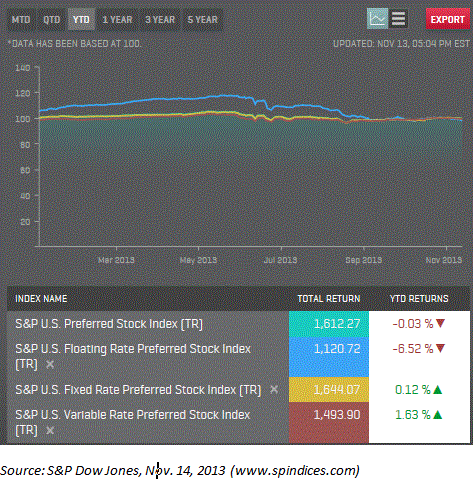This morning I was interviewed for CCTV2 on the impact of new futures markets with a focus on iron ore. Although Iron ore is not in the major indices, the DJ-UBS and S&P GSCI, it is an economically significant commodity that is the main input for steel. I thought you might be interested in the questions and answers,
1. What can we take-away from the launch of China’s Dalian Commodity Exchange’s new futures market?
It is exciting when there is a new futures market launch. Generally, it reflects an evolution of more efficient pricing that reflects the physical market. For example, the new launch of low sulfur gasoil follows the hedging requirements in the distillate market. It has been shown historically that in commodity markets where futures contracts are available, the physical prices are less volatile, which comes from the ability for commercial producers and consumers to hedge. – or in other words, “buy insurance”, and this in-turn gives them more incentive to store.
2. You said, “when futures get developed they are reflecting some kind of growth in the physical market…” What then does this mean for iron ore?
Iron ore is like other commodities since the aim of the futures market is to manage the risk of price volatility. Since there are relatively few major producers compared with many smaller consumers, there has been an imbalance of bargaining power. The iron ore market, which is the biggest input for steel production, is going through an evolution in effort to increase transparency of pricing to better reflect aggregate supply and demand.
3. So when a new (local) futures market is launched, how does this usually impact the global market worldwide of that commodity?
The clearer pricing transparency and ease of hedging generally improves the efficiency for that commodity’s market. Transportation is the key factor for the globalization of the market, and for iron ore, the rail to transport from the mine to a ship is costly to develop and maintain. By improving the hedging capability, it is possible infrastructure will develop faster with less risk, which may reduce the volatility of the worldwide price.
4. Key relationships across futures / underlying markets may hold if iron ore acts like other commodities. What are these key relationships and how do you think iron ore may respond?
Futures prices reflect the spot market price plus the costs of transportation and storage. Given iron ore’s infrastructure challenge, the futures market may improve the yield, which may also have positive implications for the steel markets by reducing the price volatility there.
5. Anything else on iron ore futures?
The progress in this market reflects the industry’s advancement to provide transparency, liquidity, and consistency to historically private markets. This is an exciting chance not only for the physical market growth, but for investors to get direct exposure to iron ore.
The posts on this blog are opinions, not advice. Please read our Disclaimers.







